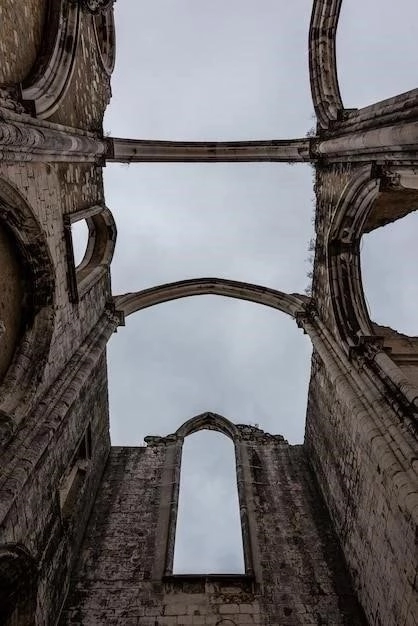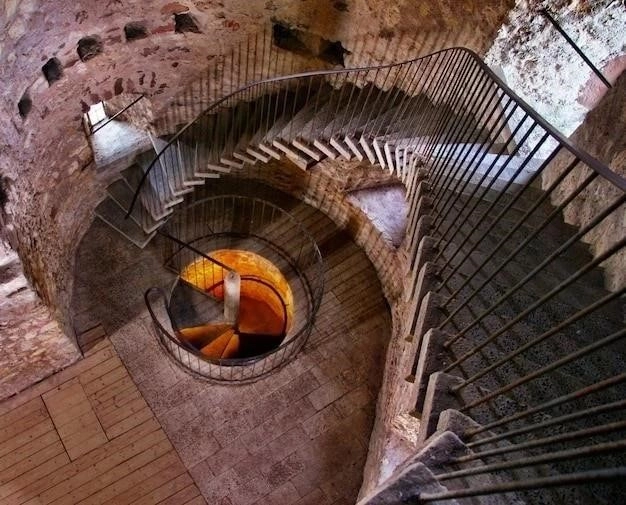Architecture, the art and science of designing and constructing buildings, stands as a testament to human ingenuity and creativity. From the earliest rudimentary shelters to the soaring skyscrapers of today, architecture reflects our cultural values, technological advancements, and evolving aesthetic sensibilities. This article embarks on a captivating journey through the annals of architectural history, exploring the prominent styles and movements that have shaped our built environment.

Ancient Origins: The Foundations of Architecture
The genesis of architecture can be traced back to the dawn of civilization. In the Neolithic period, as humans transitioned from nomadic hunter-gatherers to settled agricultural societies, the need for permanent structures arose. These early dwellings, often constructed from mud, timber, or stone, marked the nascent stages of architectural development.
Megalithic Architecture: Monuments of the Stone Age
The late Stone Age witnessed the emergence of megalithic architecture, characterized by the use of massive stones. Examples such as Stonehenge in England and the Carnac Stones in France continue to inspire awe and speculation about their construction techniques and purpose.
Classical Architecture: The Enduring Legacy of Greece and Rome
Classical architecture, flourishing in ancient Greece and Rome, laid the groundwork for Western architectural traditions. Greek architecture, renowned for its harmony, balance, and mathematical precision, found its quintessential expression in temples such as the Parthenon in Athens. Roman architecture, influenced by Greek precedents, expanded upon these principles, incorporating arches, vaults, and domes to create monumental structures like the Colosseum and the Pantheon.
Greek Architecture: The Pursuit of Perfection
Greek architecture emphasized order, symmetry, and the idealization of human form. The use of three distinct architectural orders—Doric, Ionic, and Corinthian—each with its characteristic column design, became a hallmark of Greek architecture.
Roman Architecture: Grandeur and Innovation
Roman architects inherited the Greek architectural vocabulary but adapted it to their own ambitious construction projects. They embraced new materials, such as concrete, and developed innovative structural systems, such as the arch and the vault, which allowed them to create vast interior spaces.
Medieval Architecture: Faith and Fortification
The Middle Ages witnessed the rise of two dominant architectural styles in Europe: Romanesque and Gothic. Romanesque architecture, emerging around the 10th century, drew inspiration from Roman precedents, characterized by thick walls, rounded arches, and sturdy towers. Gothic architecture, which succeeded Romanesque in the 12th century, soared to new heights with its pointed arches, ribbed vaults, and elaborate stained-glass windows.
Romanesque Architecture: Strength and Solidity
Romanesque architecture, prevalent in the 10th and 11th centuries, reflected the power of the Church and the feudal system. Its massive walls, small windows, and fortress-like appearance conveyed a sense of strength and security;
Gothic Architecture: Reaching for the Heavens
Gothic architecture, emerging in the 12th century, marked a departure from the heaviness of Romanesque. Its defining characteristic was the pointed arch, which allowed for greater height and larger windows. The invention of the flying buttress, an external support system, enabled architects to create soaring structures with thinner walls and expansive stained-glass windows.

Renaissance Architecture: Rebirth and Rediscovery
The Renaissance, a period of cultural rebirth in Europe, witnessed a renewed interest in classical art and architecture. Renaissance architects, inspired by the ruins of ancient Rome, sought to revive the classical orders, proportions, and symmetry. Key features of Renaissance architecture included arches, columns, domes, and the use of classical motifs.

Baroque Architecture: Drama and Opulence
Emerging in the 16th century, Baroque architecture embraced drama, theatricality, and a sense of movement. It employed opulent decorations, complex curves, and dramatic contrasts of light and shadow to create awe-inspiring spaces. Key features included broken pediments, twisted columns, and elaborate sculptures.
Modern Architecture: Embracing Innovation
The 19th and 20th centuries witnessed a paradigm shift in architecture with the advent of modernism. Modern architecture rejected historical styles and embraced new technologies, materials, and design principles. Key movements within modern architecture include Bauhaus, Art Deco, and International Style.
Postmodern Architecture: Challenging Conventions
Emerging in the late 20th century, postmodern architecture challenged the minimalist aesthetics of modernism. It embraced playful forms, historical references, and a mix of styles. Key features included bright colors, unconventional shapes, and a rejection of strict functionalism.
Contemporary Architecture: Sustainability and Innovation
Contemporary architecture continues to push boundaries with innovative designs, sustainable practices, and cutting-edge technologies. From parametric design to biomimicry, architects are exploring new ways to create buildings that are both aesthetically striking and environmentally responsible.
Conclusion: A Legacy in Stone and Steel
The history of architecture is a testament to human creativity, ingenuity, and our enduring fascination with the built environment. From the earliest shelters to the towering skyscrapers of today, architecture reflects our cultural values, technological advancements, and evolving aesthetic sensibilities. As we look to the future, we can only marvel at the boundless possibilities that lie ahead for this ever-evolving art form.










